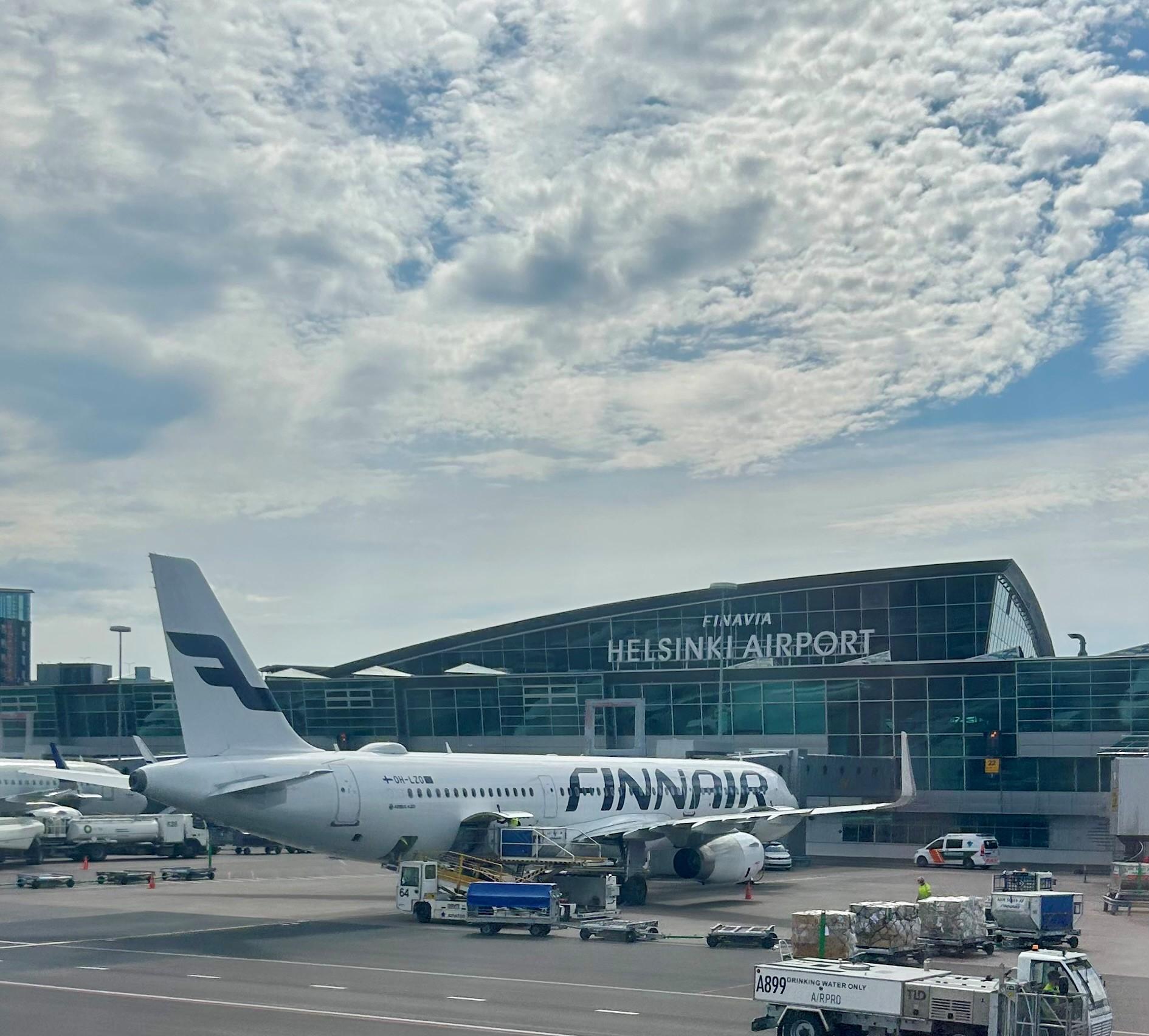
Credit: Kurt Hofmann
Finnair reports that it has been able to increase capacity by up to 8% using its existing fleet, as the airline awaits the arrival of its new Airbus A350-900 in the fourth quarter (Q4) of 2024. Based on the strong demand it saw in 2023, the Oneworld alliance member said it increased its capacity for...
Subscription Required
Finnair Increases Capacity Through Higher Fleet Utilization is published in Aviation Daily, an Aviation Week Intelligence Network (AWIN) Market Briefing and is included with your AWIN membership.
Already a member of AWIN or subscribe to Aviation Daily through your company? Login with your existing email and password
Not a member? Learn how to access the market intelligence and data you need to stay abreast of what's happening in the air transport community.





